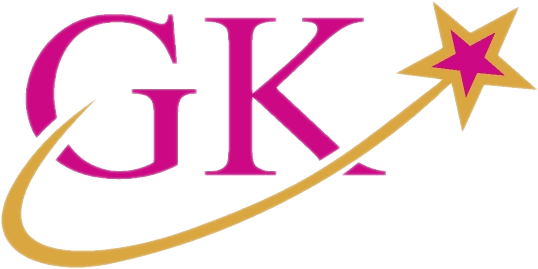AUTISM
This syndrome is more common (3-4 times) in males. This syndrome has variously been described as autistic disorder, pervasive developmental disorder, childhood autism.
Typically, the onset occurs before the age of 2½ years
CLINICAL FEATURES
- Absent social smile.
- Lack of eye-to-eye-contact.
- Lack of awareness of others’ existence or feelings; treats people as furniture
- Lack of attachment to parents and absence of separation anxiety.
- No social play; prefers solitary games. The young child may spend hours in solitary play and be socially withdrawn with indifference to attempts at communication.
- Marked impairment in making friends.
- Lack of imitative behaviour.
- Absence of fear in presence of danger.
- Absence of communicative sounds like babbling.
- Absent or delayed speech.
- Lack of verbal or facial response to sounds or voices; might be thought as deaf initially.
- Presence of echolalia (repetition of language of others),
- Head Banging
- Body Spinning
- Resistance to even the slightest change in the environment
- Attachment may develop to inanimate objects
- About 25% of all children with autism have an IQ of more than 70. A large majority (more than 50%) of these children have moderate to profound mental retardation
- Children with autism particularly enjoy music
- Epilepsy Is common
CAUSES
- Perinatal CNS Insult
- Ventricular Dilatation On Brain Imaging
- Increased Serotonin (5-HT) Levels
- Genetic disorder
- Use of INSECTICIDE,PESTICIDE,RODENTICIDE,WEEDICIDE in agriculture
- Organophosphorus Poison(Op Poison)-Malathoin, Tetron, Parathion,Chlorthoin,Diazion(Tik 20)
- Organo Chlorines-Ddt,Aldrin,Endrin,Endosulfan,Benzene Hexa Chloride
- Paraquat(Weedol)
- Flourides(Sodium Flourides)
- Zinc Phosphide
- Aluminum Phosphide
TREATMENT
1.Behaviour Therapy
Development of a regular routine with as few changes as possible.
Structured class room training, aiming at learning new material and maintenance of acquired learning.
Positive reinforcements to teach self-care skills.
Speech therapy.
Sign language teaching.
2.Psychotherapy
Parent al counselling and supportive psychotherapy can be very useful in allaying parental anxiety and guilt, and helping their active involve ment in therapy.
3. Homoepathy medicine
